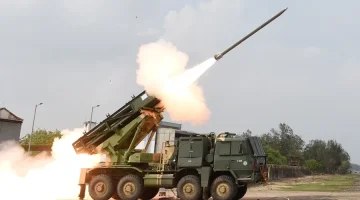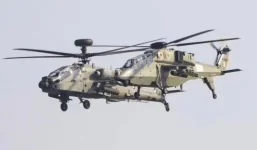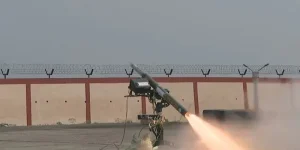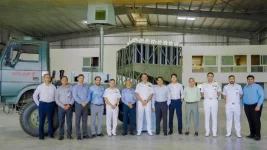New Delhi, India – In a significant leap towards modernizing its surveillance and reconnaissance capabilities, the Indian Army is set to deploy the indigenously developed Battlefield Surveillance System (BSS), named "SANJAY," across its operational units by October 2025.1 The system was inaugurated on Friday by Defence Minister Rajnath Singh in New Delhi.2
SANJAY is a sophisticated, automated system designed to provide a comprehensive, real-time view of the battlefield.3 It gathers data from various ground and aerial sensors, processes this information to remove redundancies and ensure accuracy, and then disseminates a unified picture to commanders via the Army Data Network and Satellite Communication Network.4 This enhanced battlefield transparency will significantly improve situational awareness and decision-making capabilities at all levels of command.5
Equipped with advanced sensors and analytics, SANJAY can monitor extensive stretches of India's land borders, detect and prevent intrusions, and provide unparalleled situational awareness in diverse operational environments.6 The system is expected to be a crucial force multiplier in Intelligence, Surveillance, and Reconnaissance (ISR) operations, bolstering the Army's effectiveness in both conventional and sub-conventional warfare scenarios.7
The development of SANJAY aligns with the government's 'Aatmanirbhar Bharat' (Self-reliant India) initiative, as it has been indigenously developed in collaboration between the Indian Army and Bharat Electronics Limited (BEL).8 This project underscores India's growing technological prowess and its commitment to self-reliance in defence technology.
The rollout of SANJAY will occur in three phases between March and October 2025, coinciding with the Ministry of Defence's designation of 2025 as the 'Year of Reforms.' The system will be deployed across operational Brigades, Divisions, and Corps of the Indian Army.9 The project, developed under the Buy (Indian) category, has been procured at a total cost of Rs 2,402 crore.10
The inauguration ceremony was attended by several high-ranking officials, including Raksha Rajya Mantri Sanjay Seth, Chief of Defence Staff General Anil Chauhan, Chief of the Army Staff General Upendra Dwivedi, Defence Secretary Rajesh Kumar Singh, Secretary (Defence Production) Sanjeev Kumar, Chairman and Managing Director of BEL Manoj Jain, and other senior officials from the Ministry of Defence and BEL.11
This initiative marks a significant step towards network-centric warfare for the Indian Army, providing commanders with real-time information and a decisive edge on the future battlefield.12




